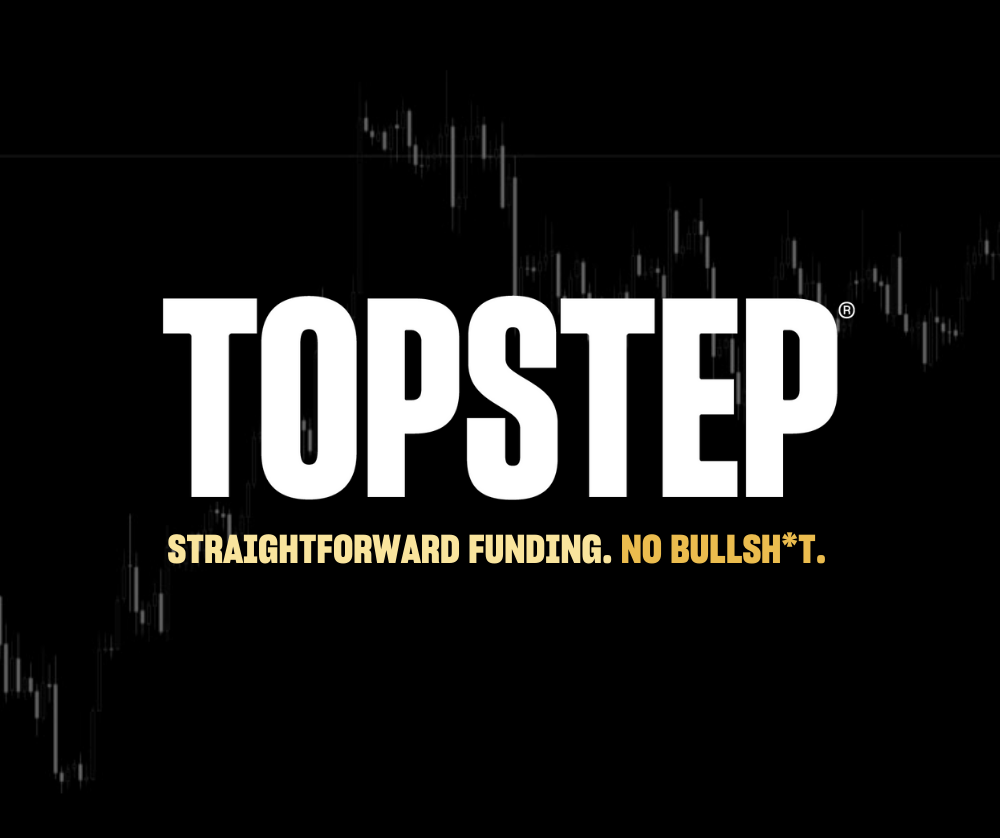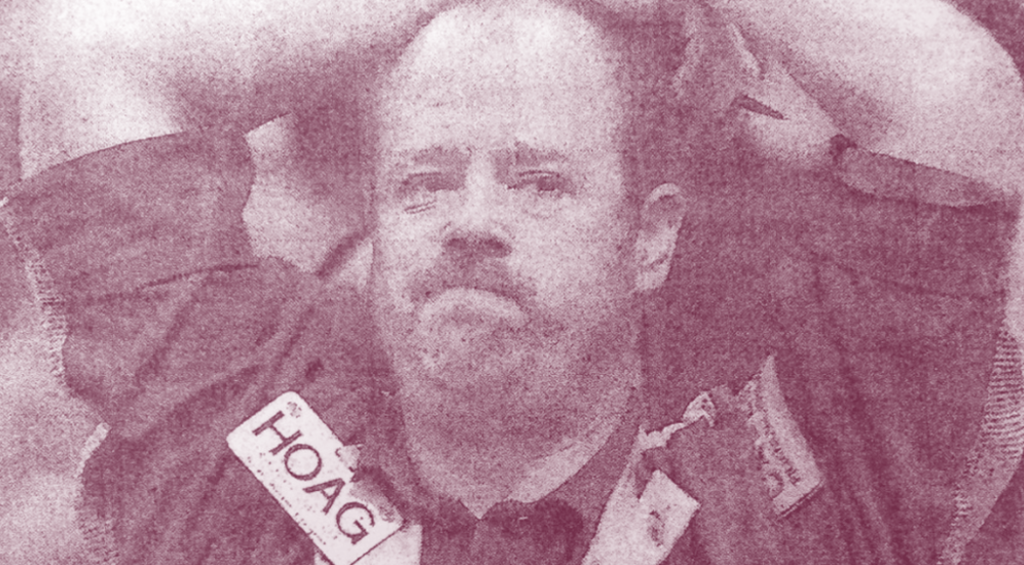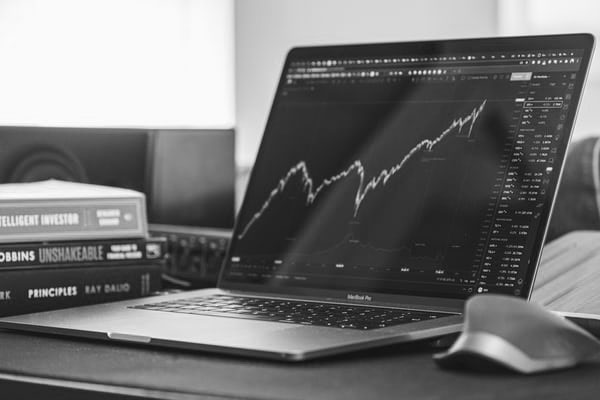Why Professional Traders Focus on Risk Reward vs. Win Rate
If you told somebody new to trading that markets can only go in one of two directions, it would be natural for them to conclude that even a beginner could be right half the time. That’s not the reality because traders don’t make a binary up/down calls on their outright positions. What traders do is say, “I think it’s going to go up to point x (target) and in the process NOT hit point y (stop).”
Markets do only go up and down, but the trades we place aren’t a binary call. Our target is “where we think the market will go” and our stop should be “I’m wrong if it hits this point.” It’s not a binary decision, it is a gamble on the direction and the amount of ‘wiggle room’ it needs on the way.
Don’t Be Fooled by Trading Strategy Win Rate
When novice traders come to the markets for the first time, they are bombarded with ads for magical trading systems offering extremely high win rates. It plays on the logical (but false) assumption that a higher win rate is always better. It ignores the cost of the higher win rate, what did we do to achieve it?
For example, it’s unlikely the S&P 500 Futures will ever hit 0.00, so you could go long S&P 500 over and over and have a 100%-win rate. In the process, you will no doubt sit in trades for extended periods with massive drawdowns. In the event of a market correction, you could quickly draw down $40-$50k per futures contract and sit in for years waiting for a recovery.
A high win rate alone is not a measure of success. Should it be a goal? Not in absolute terms. Instead, a trader should chase a decent win rate relative to the break-even point of any specific opportunity.
How Traders Think About Risk Reward
Let’s say you have an opportunity where you believe a price in the market is a key trading level. You think the market will rally higher from current prices 40 ticks. You enter the trade with a 10-tick stop. You risk 10 to make 40.
Can you do this and be right every single time? Probably not but you could be right 50% of the time and make great money. This is where confusion creeps in. People associate a 50%-win rate with no edge, with a coin toss. In this example, our win rate is way above the break-even rate for this setup, and so 50% is excellent. It represents an edge.
If you combine this with more active trade management, such as scaling into positions that go your way, you change the equation again. Your losers might be 5 lots but your winners 100 lots.
This is of course what a lot of ‘outright’ proprietary day traders are doing — looking for an opportunity with a low break-even point, where they can beat the odds. They don’t care if the actual win rate is 40,50 or 60%. It doesn’t matter.
Learn More About Enhancing Order Flow Edge at Jigsaw Trading.
Trading Strategy Win Rate and Run of Losing Trades
One other important consideration is the ability to survive the inevitable run of losing trades. Let’s say you use an artificially large stop to help achieve a 90%-win rate – an 8 tick stop and a 2-tick target. The moment your win rate dips below 80%, you will start to lose. Take 5 or 6 losers in a row, and you are looking at a drawn down account and the NEED to maintain a high win rate to stop the bleeding. Keep on down that road and the next thing you know they’ll be calling you “the new Nick Leeson”.
Trader Takeaway
The ability to exceed the break-even rate is where profits lie. Focusing on trading strategies with a low break-even rate will help you thrive and survive as a trader.





